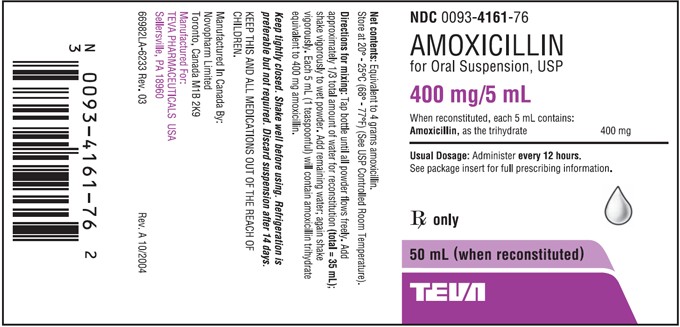A school nurse is preparing to administer a prescription medication to a student. Which of the following information is necessary for the nurse to have?
a. A copy of the prescription label on bottle
b. A small container for the medication
c. Signed consent parental consent form
d. A signed order from the physician
ANS: C
A current, signed parental consent form for administering the medication is essential for the stu-dent's file. The prescribed drug must have the original prescription label on it and be in the origi-nal container so that there are no errors. It is recommended that the physician contacts the school nurse or vice versa, but a signed order from the physician is not necessary.
You might also like to view...
A client with a diagnosis of type 1 diabetes has begun receiving subcutaneous injections of insulin. The nurse knows that insulin allows glucose to enter the body's cells. This is an example of what transport mechanism?
A) Filtration B) Passive diffusion C) Facilitated diffusion D) Active transport
A client has neurologic deficits that are causing tremors, unsteadiness, and weakness. An appropriate diagnosis of Risk for Falls related to unsteady gait, secondary to neurologic dysfunction has been formulated
A goal for this client is not to sustain any injuries for the next month. The client however, has fallen several times. In this situation, the nurse should do which of the following? 1. Review the data and make sure that the diagnosis is relevant. 2. Investigate whether the best nursing interventions were selected. 3. Modify the whole nursing plan. 4. Discard the nursing plan and start over from the assessment phase.
Calculate the amount to administer: ________. (Round to the nearest tenth)  Ordered: Amoxicillin 0.5 g po q6h On hand: See label
Ordered: Amoxicillin 0.5 g po q6h On hand: See label
Fill in the blank(s) with the appropriate word(s).
A 76-year-old patient is hospitalized with pneumonia. She has become increasingly confused throughout the shift. The nurse becomes concerned about her condition and contacts the health care provider who orders arterial blood gasses
The blood gasses show a pH of 7.33, PaCO2 of 47, PaO2 of 78 and bicarbonate of 26 . This indicates which of the following? A. Respiratory alkalosis B. Respiratory acidosis C. Metabolic alkalosis D. Metabolic acidosis